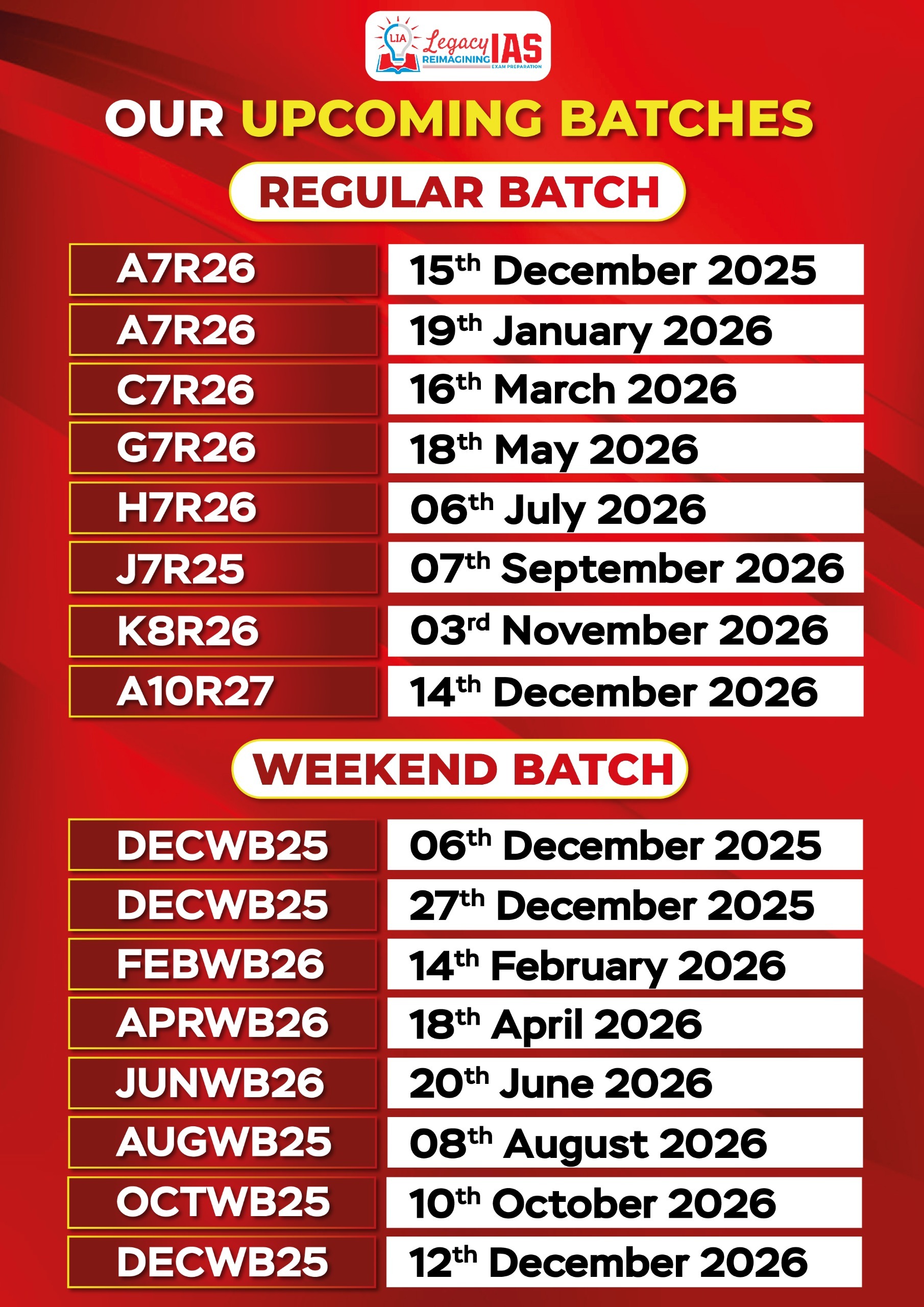Content:
- The U.S.’s WHO exit, a chance to reshape global health
- India-Indonesia ties as a beacon for global relations
- Learning steps
The U.S.’s WHO exit, a chance to reshape global health
Context: The U.S. government’s decision to withdraw from the World Health Organization (WHO) on January 20, 2025, has sparked concerns about the organization’s financial stability and operational efficiency. Given the U.S.’s significant role in WHO’s funding, this move raises critical questions about global health governance and the potential for reshaping WHO’s functioning, particularly by increasing the role of Asia and Africa.
Relevance : GS 2(International Relations)
Practice Question : The U.S.’s withdrawal from WHO poses both challenges and opportunities for global health governance. Critically analyze the implications of this move and suggest how the Global South can play a larger role in shaping the future of WHO. (250 words)
Associated Issues:
WHO’s Funding Mechanism and the Impact of U.S. Withdrawal
- Assessed Contributions (AC):
- Fixed mandatory fees paid by member states.
- Ensure stable funding for core operations, including salaries and administrative expenses.
- The U.S. argued its AC share was disproportionately high.
- Voluntary Contributions (VC):
- Donations from governments and private entities for specific projects (e.g., polio eradication, primary health care).
- These funds are unpredictable and tied to designated activities.
- Implications of U.S. Withdrawal:
- Reduction in both AC and VC funding, affecting WHO’s capacity to sustain ongoing programs.
- U.S.-based donor agencies like USAID may scale back their contributions.
- Increased financial uncertainty, making WHO reliant on new funding sources.
The Need for WHO Reforms
- Bureaucratic Inefficiencies:
- Criticism of WHO’s slow response and bureaucratic inertia.
- However, WHO remains indispensable amid global health threats like b resistance and emerging diseases.
- Institutional Strengthening and Decentralization:
- Inspired by the arguments of Daron Acemoglu and James A. Robinson in Why Nations Fail, the robustness of global institutions is vital for sustainable development.
- Moving WHO headquarters to regions in Asia or Africa (e.g., New Delhi, Cairo, or Brazzaville) could improve cost efficiency and focus on pressing health concerns.
Global Health Inequities and the Role of the Global South
- Disproportionate Focus on High-Income Countries:
- Diseases affecting poorer nations (e.g., mPox in the Democratic Republic of the Congo) receive inadequate funding.
- High-income countries dominate global health policies, leaving developing nations underrepresented.
- A Call for Greater Global South Leadership:
- BRICS nations and other regional alliances must fill the funding gap left by the U.S.
- Training local experts in global health (not just public health) to reduce reliance on Western expertise.
- Establishing premier health research institutions in Asia and Africa.
The Way Forward: Reshaping Global Health Governance
- Diversifying WHO’s Financial Base:
- Reducing dependency on a few high-income countries.
- Encouraging alternative funding mechanisms from emerging economies.
- Strengthening Regional Health Institutions:
- Countries should collaborate to build institutions that address regional health priorities.
- Deploying experts from the Global South to WHO to reduce overreliance on Western specialists.
- A More Inclusive WHO:
- Reforming governance structures to give more voice to developing nations.
- Aligning WHO’s agenda with the health priorities of low- and middle-income countries.
India-Indonesia ties as a beacon for global relations
India and Indonesia share a deep-rooted historical, cultural, and strategic relationship. The recent visit of Indonesian President Prabowo Subianto as the chief guest at India’s 76th Republic Day celebrations underscores the importance of this partnership. As two of the world’s largest democracies and fastest-growing economies, their bilateral ties have the potential to serve as a model for global cooperation.
Relevance : GS 2(Internationas Relations )
Practice Question : India and Indonesia can serve as a model for global cooperation through trade, security, and geopolitical collaboration. Discuss with examples. (250 words, 15 marks)
Evolution of India-Indonesia Relations
- Historical Ties: Indonesia’s first President, Sukarno, was the chief guest at India’s first Republic Day in 1950, symbolizing early diplomatic ties.
- Strategic Cooperation: Over the decades, the two countries have built strong economic, political, and cultural relationships.
- Recent Developments: The Comprehensive Strategic Partnership (2018) has enhanced cooperation in trade, security, and geopolitics.
Trade and Economic Cooperation
- Current Trade Status: Bilateral trade is valued at nearly $30 billion, with aspirations to quadruple this figure in the next decade.
- Priority Sectors for Growth:
- Energy: Collaboration in clean energy and renewable sources.
- Agriculture & Food Security: Addressing food supply chain resilience.
- Healthcare: Strengthening pharmaceutical and medical equipment industries.
- Manufacturing: Enhancing production capabilities through joint ventures.
- Technology: Cooperation in AI, digital economy, and smart infrastructure.
- Investment Potential:
- Indonesian investment in India: $653.8 million
- Indian investment in Indonesia: $1.56 billion
- Need for deeper investments in supply chains and emerging industries.
Security and Strategic Cooperation
- Maritime Security:
- Both nations share strategic waters and face common challenges in securing sea lanes.
- The 2018 Comprehensive Strategic Partnership strengthened naval cooperation.
- Defense Collaboration:
- Growing military engagements through joint exercises like Samudra Shakti.
- Agreements on defense technology transfer and arms manufacturing.
- Counterterrorism and Cybersecurity:
- Addressing threats from terrorism, cyber warfare, and digital espionage.
India-Indonesia in Global Geopolitics
- BRICS Expansion: Indonesia’s recent entry into BRICS enhances its strategic collaboration with India.
- Balancing China and the West:
- Both nations maintain important ties with the U.S. while navigating challenges posed by China’s regional influence.
- The new U.S. administration’s potential tariffs could impact Indonesia’s export economy.
- Resource Diplomacy:
- Indonesia, as a key supplier of nickel, copper, tin, and bauxite, seeks favorable trade terms with India and other partners.
Future Prospects and Global Implications
- Strengthening economic corridors between ASEAN and South Asia.
- Expanding defense and intelligence sharing.
- Leveraging geopolitical positioning to influence Indo-Pacific security dynamics.
- Boosting technological collaboration in AI, semiconductors, and digital economies.
Learning Steps
Context: Despite increased budgetary allocation, challenges in foundational literacy, teacher training, and state-level funding hinder the full implementation of education reforms in India.
Relevance : GS 2(Education)
Practice Question: Discuss the key challenges in India’s school education system despite the increased Budget allocation in 2025. Suggest measures to achieve full foundational literacy and numeracy (FLN) by 2026-27. (250 words)
Budget 2025 Highlights for Education
- Increased Allocation:
- ₹500 crore for an AI Centre of Excellence in education.
- Expansion of broadband connectivity for schools.
- Strengthening of five third-generation IITs.
- Enhanced funding for Indian knowledge systems.
- Overall education budget increase: Higher education saw a 7% rise, but the actual 2023-24 expenditure was 10% more than 2025-26 estimates.
Challenges in Higher Education
- UGC Reforms and FinancialBurden:
- Four-year degree programmes.
- Multi-institutional course enrolment.
- Bi-annual admissions.
- Structural reforms requiring heavy investments, particularly from State governments.
- The Budget does not sufficiently address these financial needs.
ASER 2024 Report and Foundational Literacy & Numeracy (FLN)
- Learning losses from the COVID-19 pandemic have been recovered.
- Some FLN indicators are at their highest ever recorded.
- However, full FLN achievement (NIPUN Bharat 2026-27 target) remains a challenge.
Allocation for School Education
- ₹11,000 crore increase compared to the 2024-25 Revised Estimates (16% rise).
- As a share of the total Budget, this increase is only 0.12 percentage points (1.55% of total Budget).
- Higher education’s share remains stagnant at 0.99%.
Implementation Gaps & Structural Concerns
- NEP 2020 Implementation:
- New 5+3+3+4 structure for early education.
- Pre-primary (two years before Class 1) is handled by underpaid, overburdened, and inadequately trained workers.
- Challenges in achieving full FLN:
- Anganwadi infrastructure and teacher training gaps.
- Uneven State-level implementation.
The Way Forward
- Strengthening early childhood education to ensure FLN by 2026-27.
- Addressing State-level funding constraints to support UGC reforms.
- Ensuring quality training for anganwadi workers for foundational education.
- Expanding investment in teacher training and digital learning infrastructure.



